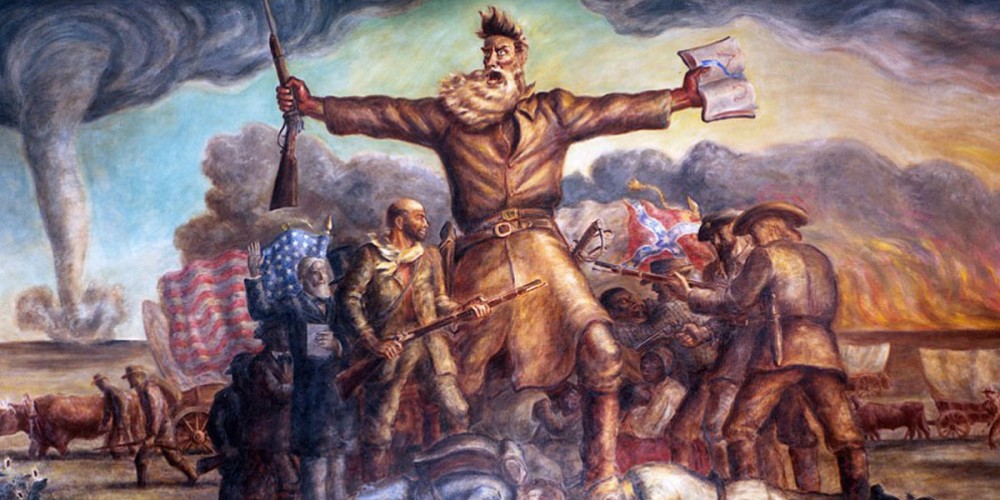Slavery divided Americans from the beginning, but Americans demonstrated a shrewd ability to maintain unity in spite of division. In the 1770s, all of England’s North American colonies employed slave labor. Enslaved workers grew food, cultivated cash crops, worked in ports, and manufactured goods. Within a couple decades, however, slavery disappeared from half of the nation and an antislavery movement began to challenge the ancient institution. Battles emerged over the institution’s westward expansion. Enslaved laborers meanwhile remained vitally important to the nation’s economy, fueling not only the southern plantation economy but also providing raw materials for the industrial North. As the antislavery movement grew, slaveholders managed to survive a range of challenges to their legitimacy in the 1830s, 1840s, and 1850s. But differences over the fate of slavery remained at the heart of American politics, especially as the United States expanded. After decades of conflict, Americans north and south began to fear that the opposite section of the country had seized control of the government. By November 1860, an opponent of slavery’s expansion arose from within the Republican Party. During the secession crisis that followed in 1860-1861, fears, nearly a century in the making, at last devolved into bloody war.
Candela Citations
- American Yawp. Located at: http://www.americanyawp.com/index.html. Project: American Yawp. License: CC BY-SA: Attribution-ShareAlike
